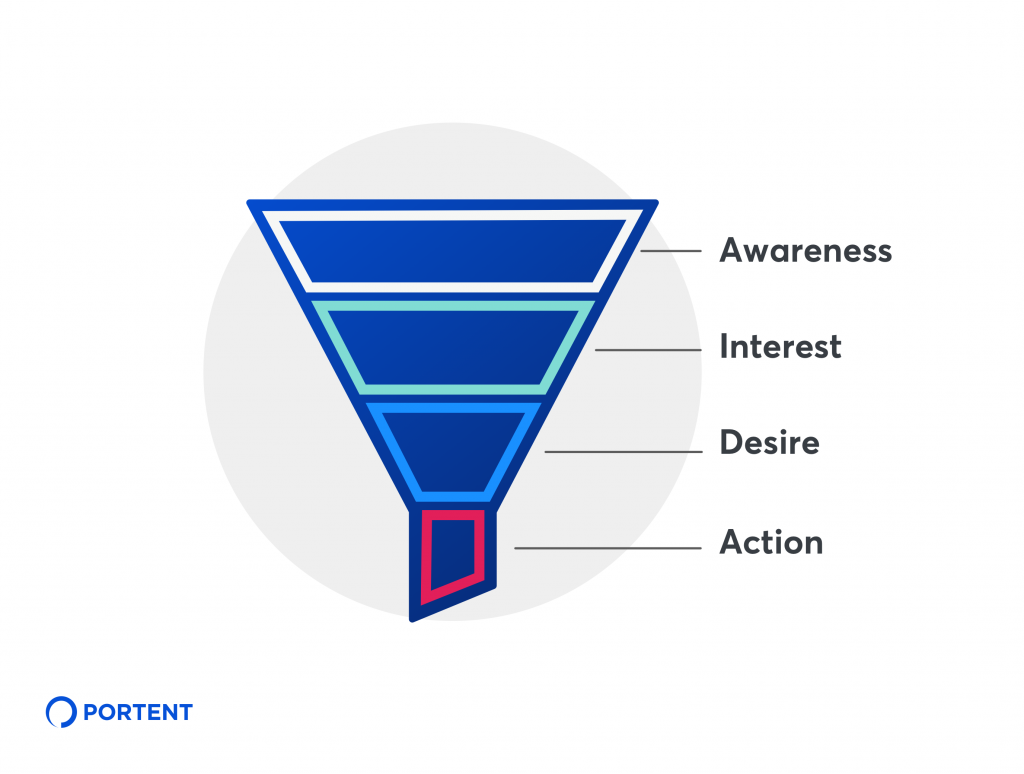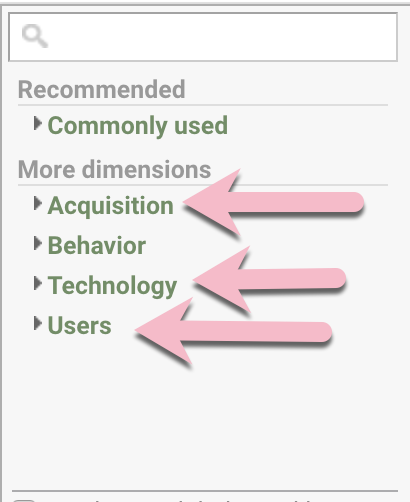There are over 7 million active advertisers on Facebook. The platform rightfully reigns supreme in the paid social landscape, but as competition increases and ad costs rise, most social media marketers are looking for ways to diversify their advertising mix.
Enter: Pinterest. Since the platform’s launch in 2010, the social network/discovery tool has slowly grown to 300 million monthly active users. Yet in 2018, they reported 1.5 million advertisers.
Clearly, it’s a good time for advertisers to get in on the action. And with good reason: 66% of users buy something after seeing pins from a brand. Despite the data, some clients and advertisers alike are hesitant to funnel ad spend to Pinterest.
Admittedly, Pinterest advertising can feel like foreign territory compared to Facebook or LinkedIn advertising. That’s because, in many ways, it is. For this reason, throwing your Facebook strategy at Pinterest and seeing what sticks may not be the most informed approach.
A closer look reveals that buying ads on Pinterest more closely mirrors the process of another PPC giant: Google.
We’ll unpack the similarities between Pinterest ads and Google Ads and offer tips for transferring elements of your existing paid search strategy to Pinterest.
How Does Pinterest Work?
First, let’s look at how the platform operates. Pinterest is different from other social platforms in that it’s less…social. Sure, you can share boards with other users, but it’s a search engine at its core.
Users browse feeds looking for inspiration and search for topics of interest to them. These queries lead to product discovery which drives purchase at a rate that should be intriguing to social advertisers: 83% of weekly Pinners have made a purchase based on the content they saw from brands.
Considering it’s really easy to shop on Pinterest, this is no surprise. That ease is due, in part, to the platform’s content classification process.
The Interest Taxonomy captures, classifies, and organizes content, including Pins and queries. Pins are further classified into a dynamic taxonomy by Pin2Interest, which provides easily-interpreted labels that map back to the larger taxonomy of interests. Among other things, it informs ranking features and interest targeting for ads.

Where Are the Similarities Between PPC Advertising and Pinterest Advertising?
Those familiar with the basic tenets of paid search should see some immediate parallels between the approach to PPC advertising and advertising on Pinterest. Since ad buying on both platforms is auction-based, at the simplest level, it all starts with a query. In Google Ads, an auction is triggered when multiple advertisers are bidding on a keyword that is relevant to that query.
Within Pinterest, you’re still bidding; however, the auction has less to do with specific keywords and more to do with the desired user action. The advertiser determines how much they’re willing to pay for that engagement or click with their bid, but the auction is made up of other advertisers with similar interest and/or keyword targeting in place. Since Pinterest still uses a second-price auction model (Google can’t say the same), you won’t necessarily pay the full amount you bid. Rather, you’re charged what you need to beat the second-highest bidder in that auction.
So, what happens when you win? Google looks at your ad rank to determine where your ad is shown in the SERPs. The ad belonging to the highest bidder in the Pinterest auction will be displayed in the home or category feeds, or in the search results.
In both cases, the elements of the auction that are within the advertiser’s control are determined within the platforms’ respective ads manager. It’s here that we can see some further similarities between Pinterest and Google Ads; specifically, keywords. In some way or another, keywords play an integral role in the auction and delivery process on both platforms.
Keywords impact how your ads are displayed on both platforms. On Pinterest, keywords are a targeting element, and while this is essentially true within Google Ads, keywords play a significantly larger role in the auction process. As a result, thorough keyword research is crucial to make sure your bids are valuable.
However, taking the same care for researching keywords for Pinterest ads can only benefit performance.
How Can I Apply Keyword Research Tactics to Pinterest?
In addition to audience targeting with data from your website or CRM, Pinterest offers interest targeting and keyword targeting options. We’ll focus on keyword targeting as a means to hone in on your audience and reach users as they search.
97% of searches on Pinterest are non-branded, so precision and relevancy are key when selecting keywords. To ensure you’re reaching your desired user, keyword research is necessary to find generic and related terms to incorporate into targeting. Plus, Pinterest recommends including 25 relevant keywords at the ad group level, so research is one way to help with ideation.
Starting with a search for a specific keyword in Pinterest will allow you to pull from the search suggestions to find what users are searching for in combination with your initial query. From there, you can verify search volumes and supplement your list with the help of familiar keyword tools.
- Google Keywords Planner
- SEMrush
- WordStream’s Keyword Suggestion
- Google Analytics
Much like you would in Google Ads, keep match types and negative keywords top of mind during the research process. Pinterest match types include the default broad match, phrase match, and exact match. Match types give advertisers precise control over the searches their ad is appearing in; broad match reaches a wider audience, while exact or phrase match lets you get more specific.
Negative keywords are an important part of any Google Ads campaign, and the same goes for Pinterest. By including search terms you don’t want your ad to appear for, you can keep targeting relevant and ensure you’re spending ad dollars efficiently. Pinterest uses negative phrase and negative exact match, and in both instances, order matters.
Your Ads Matter
Investing time into keyword research is essential, but without engaging ads, even the most thoughtful campaigns can fall flat. For a traditional paid search campaign, ad copy can make or break the performance of your campaign. On a visual platform like Pinterest, taking the same care when selecting creative assets is just as important.
For both Google Ads and Pinterest, closely aligning your ads and keywords leads to stronger performance. For paid search, copy plays a role in determining your Quality Score, which in turn determines Ad Rank in the auction. Alternatively, advertisers can see a higher click-through when combining Pinterest’s creative best practices with relevant keyword targeting.
Keep the Funnel Top of Mind
Taking a step back from keyword targeting and ads, there’s an opportunity to apply larger strategic takeaways from your Google Ads campaigns to those you’re running on Pinterest. We’ve written about funnel-based account strategy for PPC, and although the campaign objectives and KPIs may vary between the platforms, the principles still apply.

An understanding of the marketing funnel and larger user journey should inform the way you think about campaign structure, audience targeting, and ad creative. Regardless of whether or not you’re advertising on Pinterest or Google Ads, the funnel is consistent.
In Other Words
Whether Pinterest has been a part of your paid strategy for a while or you’ve yet to dive in, understanding the similarities between Google Ads and Pinterest Ads is one way to maximize your campaigns. Even without expert knowledge of paid search advertising, applying some of the basic principles of the practice to Pinterest can help you advertise more effectively.
The post How to Apply Your Paid Search Strategy to Pinterest appeared first on Portent.




